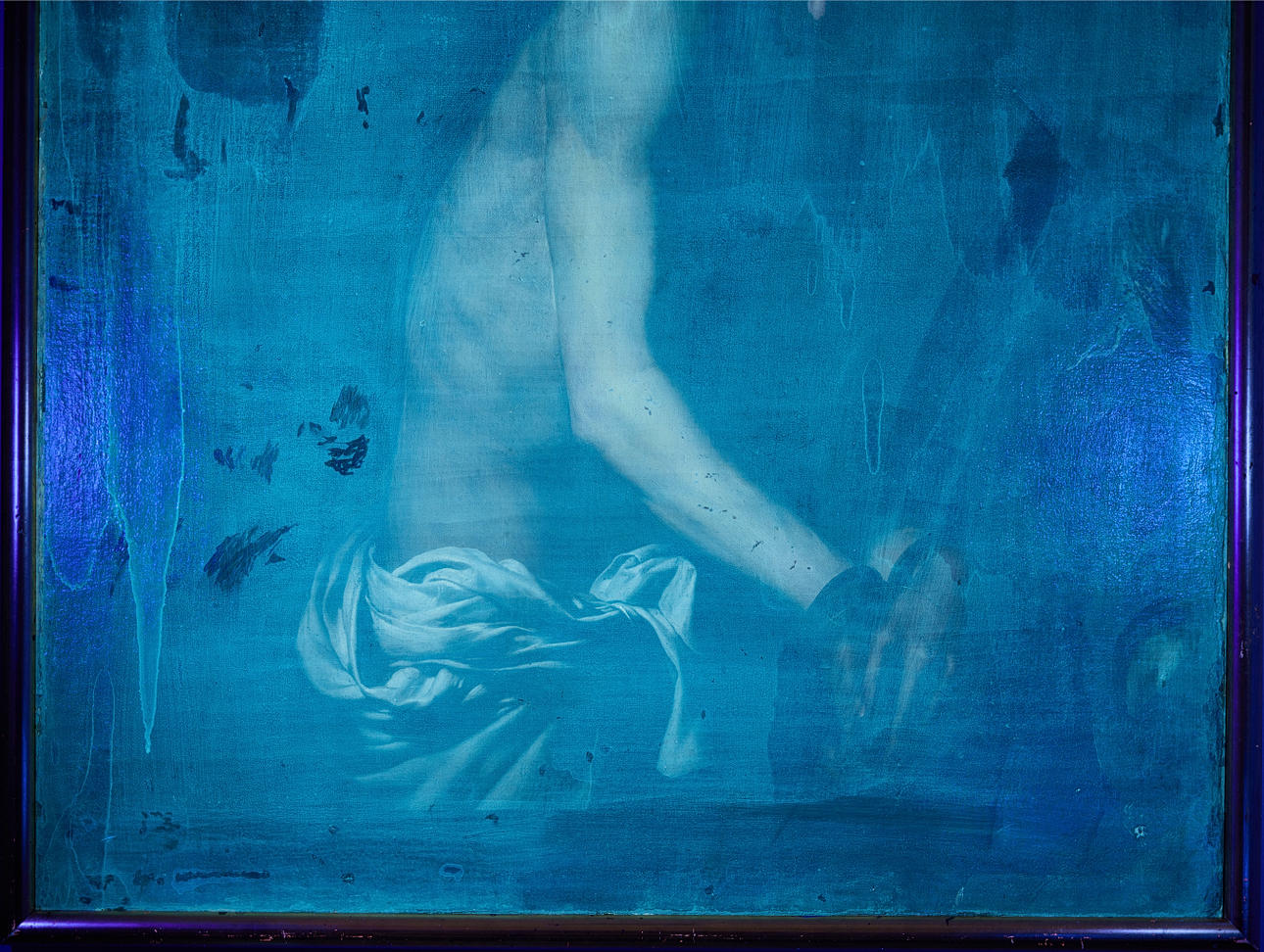A previously unpublished painting by the Spanish Baroque master Jusepe de Ribera (1591–1652) is now presented in The Exclusive Collection – this spring’s most prestigious auction at Stockholms Auktionsverk. The auction is published on 6 May and will culminate in a live sale on 22 May.
The exhibition will take place at Stockholms Auktionsverk, Nybrogatan 32 in Stockholm, between 7 and 21 May.
Auction Highlight: Ribera – The Flagellation of Christ
The painting, The Flagellation of Christ, is a work of dramatic force and profound art historical significance. Executed in oil on canvas, it measures 125 x 98 cm and dates to between 1612 and 1616 – a decisive period in Ribera’s career as he transitioned from Rome to Naples. The composition reveals Caravaggio’s influence in its unflinching realism, dramatic lighting, and psychological depth.
It is extremely rare for a work of this calibre to be offered on the Swedish market. The opportunity to acquire a painting by Ribera – one of the 17th century’s most influential artists – is truly unique.
Expert Authentication and Provenance
The attribution to Ribera has been confirmed by Professor Nicola Spinosa – the world’s leading Ribera scholar – as well as Stéphane Pinta of Cabinet Turquin, Paris. Previously held in the legendary collection of Swedish art dealer Gösta Stenman, the painting had long been attributed to Guido Reni in catalogues from the 1930s and 1940s. Since then, it has remained in Swedish private ownership. Thanks to decades of recent scholarship by Professor Spinosa, Ribera’s Roman period has been newly rediscovered and brought to the fore.
Artistic Context and Subject Significance
The painting depicts Christ in the moment between the Flagellation and the Ecce Homo scene – a subject in which Ribera conveys pain with a sense of almost meditative stillness. The composition is structured through diagonal axes of light and motion, with Christ illuminated in stark contrast while the executioners fade into the shadows.

Christ is portrayed in the silent interlude between the Flagellation and Ecce Homo. Ribera distills suffering into a serenity that verges on the meditative — light caresses the figure of Christ, while his tormentors dissolve into shadow.
Spanish-born Jusepe de Ribera came to dominate the Neapolitan art scene in the 1600s. Upon his arrival, he quickly gained commissions and support from the city's elite, including the Spanish viceroy, the Count of Osuna, and secured important commissions from Spain itself.
One of 100 Curated Highlights
The Ribera painting is one of more than 100 carefully selected top lots in this season’s edition of The Exclusive Collection – a curated auction showcasing the very best in art, design, antiques, and collectibles, handpicked by the specialists at Stockholms Auktionsverk.
The Exclusive Collection
Exhibition: 7–21 May, Nybrogatan 32, Stockholm, Sweden
Opening Hours: Wednesday–Friday: 10 AM–6 PM, Saturday–Sunday: 11 AM–4 PM
Special Hours:
Thursday, 15 May: 10 AM–5 PM
Monday, 19 May: 10 AM–6 PM
Tuesday, 20 May: 10 AM–4 PM
Auction: Catalogue published 6 May 2025.
Live auction held on 22 May 2025 at Nybrogatan 32, Stockholm, Sweden
Specialist’s Perspective: Ulrica Tillander on the Discovery and Its Significance
We met with Ulrica Tillander, Head of Old Masters and Classical Paintings at Stockholms Auktionsverk, for her insights on the Ribera painting and the auction overall.
What does it mean for Stockholms Auktionsverk to present a work by Ribera?
"This is truly a dream scenario. Jusepe de Ribera is a central figure in European Baroque painting, and to be able to offer a previously unpublished work by him is nothing short of unique and historic – not just for us, but for the art market as a whole.”
How was the painting discovered and how was the attribution confirmed?
“It had been privately held in Sweden for many years, and when we had the opportunity to examine it closely, we quickly realized it was something extraordinary. The attribution was first confirmed by Stéphane Pinta, a specialist in Old Master paintings at Cabinet Turquin in Paris, and then by Professor Nicola Spinosa – one of the world’s foremost authorities on Ribera, who has researched and published extensively on the artist over the past 25 years.”
How does the painting fit into Ribera’s artistic development?
“It is an early work that reflects the moment Ribera leaves Rome and begins his Neapolitan period, during which he came to dominate the city's artistic life. We clearly see the influence of Caravaggio, yet also the emergence of Ribera’s own distinctive voice. It is a compelling work for understanding his artistic evolution.”
What kind of buyer do you envision for a painting of this magnitude?
“We know that international collectors and institutions have already expressed interest. This is a work with the potential to be acquired by a museum anywhere in the world – although we naturally also hope for strong interest from Swedish collectors.”













)